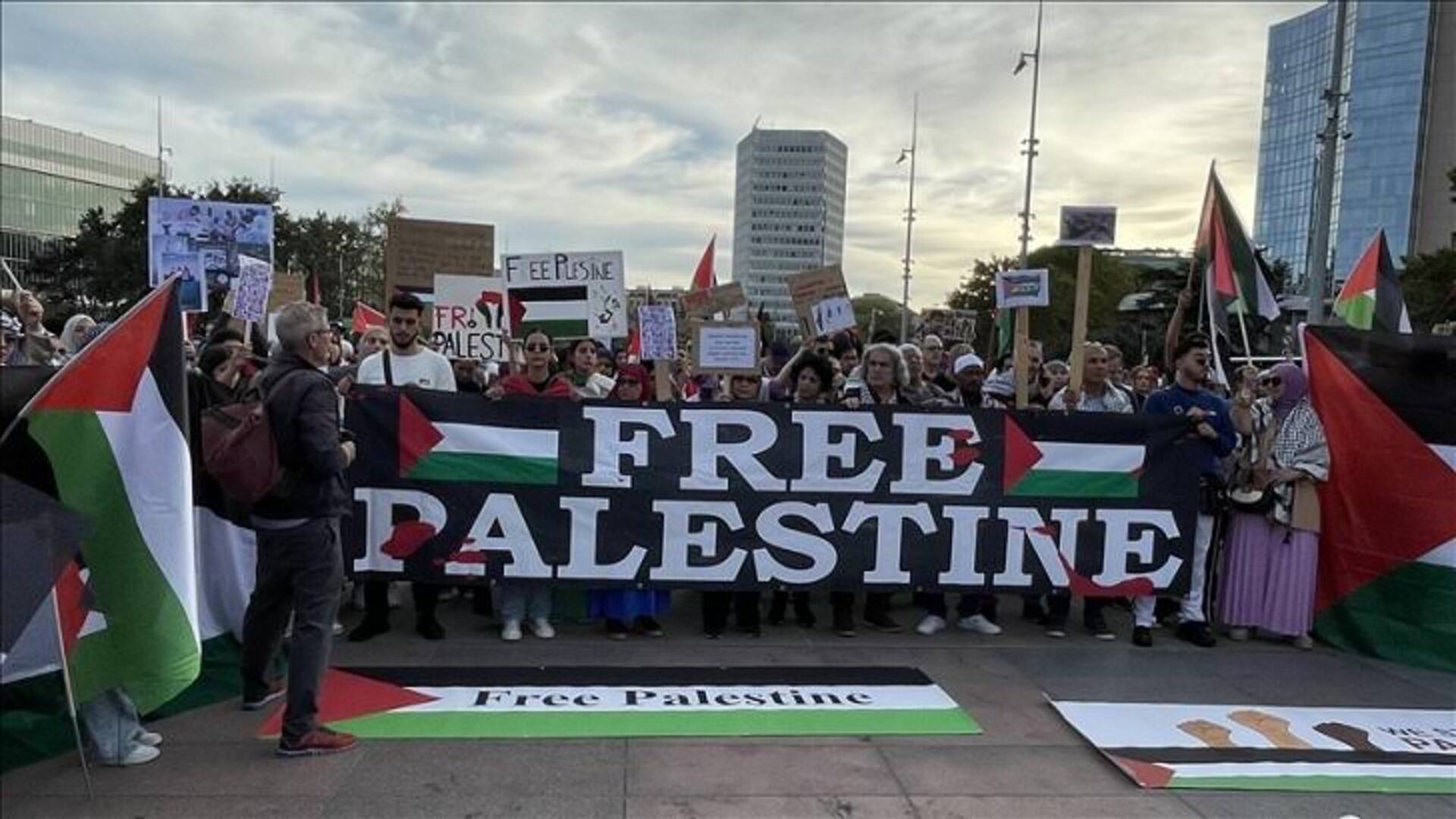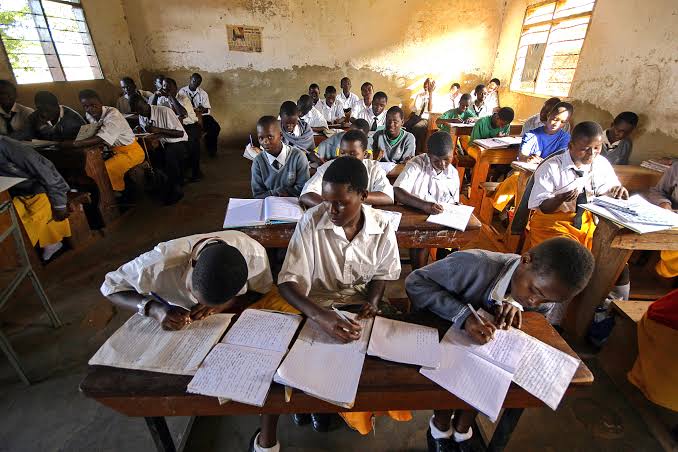
Tibet, often referred to as the “Roof of the Earth”, is famous for its unique geography, rich cultural heritage and deep influence of Buddhism. However, in recent history it has been considered a highly restricted and sensitive area under Chinese rule. The Tibetan crisis has been compounded by Tibet’s political and cultural conflict with China, Tibetan aspirations for independence, and a lack of international response. The report will discuss in detail the historical background of Tibet, cultural oppression, current political situation and international response.
Geographical and Cultural Identity of Tibet
Tibet is a large plateau covering an area of about 2.5 million square kilometers. It is the highest plateau in the world, most of which lies at an average height of 4,500 meters above sea level. Tibet’s landscape is extremely diverse, with snow-capped mountains, vast grasslands, and numerous lakes. It has an abundance of natural resources such as rivers, minerals and diverse wildlife. The main religion of Tibet is Buddhism and it is rooted in Tibetan society. Deep respect for religious beliefs, rituals and spirituality is part of Tibetan culture and life. The Dalai Lama is the supreme spiritual leader of Tibetan Buddhism and an important symbol for Tibetans. The Tibetan language, which is part of the Sino-Tibetan language family, is an important component of their cultural identity.
Real Independence (1912-1951)
Tibetan Passport 1947/1948 – Issued to Tsepan Shakabpa, then Head of the Finance Department of the Tibetan Government
The Dalai Lama returned to Tibet from India in July 1912 (after the fall of the Qing dynasty) and expelled Amban and all Chinese troops. In 1913, the Dalai Lama issued a proclamation stating that the relationship between the Chinese emperor and Tibet was “a relationship of patron and priest and not based on mutual subordination.” “We are a small, religious, and independent nation”, the declaration continued.
For the next thirty-six years, Tibet enjoyed de facto independence while China endured its warring era, civil war, and World War II. Some Chinese sources argue that Tibet was part of China during this period. A book published in 1939 by a Swedish sinologist and linguist about the China War places Tibet as part of China. In the 1930s the Chinese government tried to claim superiority. The documentary film Why We Fight 6 The Battle of China produced by the USA War Department in 1944 shows the United States recognizing Tibet as a province of China at this time. Some other authors argue that Tibet was also independent after the Tibet–Mongolia Treaty of 1913, before which Mongolia was recognized by Russia.
In 1913–1949 Tibet continued to have very limited contact with the rest of the world, although British representatives were stationed in Gyantse, Yatung and Gartoke (western Tibet) after the Younghusband Mission. These so-called “trade agents” were in effect diplomatic representatives of the British Government in India, and in 1936-37 the British also established a permanent mission in Lhasa. This was in response to a Chinese “mourning mission” sent to the Tibetan capital after the death of the 13th Dalai Lama, who in reality remained in Lhasa as a Republican Chinese diplomatic post. Indian government control Although the last British representative, Hugh Richardson, remained in Lhasa until 1950, the British, like the Chinese, encouraged Tibetans to keep foreigners out of Tibet, and no foreigners visited Lhasa between the departures of the Younghusband Mission. 1904 and the arrival of a telegraph officer in 1920. More than 90 Europeans and Japanese visited Lhasa between 1920–1950, most of them British diplomatic personnel. Gave to India. The Chinese government denounced the deal as illegal.
In 1932, the National Revolutionary Army, composed of Muslim and Han troops led by Ma Bufang and Liu Wenhui, defeated the Tibetan army in the Sino-Tibetan War when the 13th Dalai Lama attempted to seize the Qinghai and Jikang regions. It is also reported that the Chinese central government encouraged the attack in hopes of resolving the “Tibetan situation”, as the Japanese had just occupied Manchuria. They warned the Tibetans not to dare cross the Jinsha River again. An armistice was signed ending the war. The Dalai Lama reached out to the British in India for help when his army was defeated and began deposing his generals who surrendered.
History of Tibet: Independence to Chinese Occupation
The history of Tibet is long and rich. In ancient times, from the 7th to the 9th century, Tibet was considered a powerful empire that exchanged politics, religion, and culture with other Central Asian empires. The Tibetan Empire was at the height of its power at this time and actively maintained contact with the surrounding region, including China.
In the 13th century, the Mongol Empire brought Tibet under their rule, and later during the Ming and Qing dynasties China developed various relations with Tibet. Although Tibet has historically accepted some control from China, it has retained a level of autonomy. In 1913, the Thirteenth Dalai Lama severed all ties with China and declared Tibet independent. This was a major blow to China, as Tibet’s location and resources were strategically important to them.
China’s Occupation of Tibet: ‘Liberation’ or ‘Occupation’?
After the Communist Revolution in China in 1949, the Chinese Communist Party led by Mao Zedong claimed Tibet as an integral part of China, and in 1950 the Chinese People’s Liberation Army entered Tibet. China describes it as the “peaceful liberation of Tibet”, although Tibetans see it as an attack on their independence. In 1951, a ‘Sovereignty Treaty’ was signed between Tibet and China, which promised Tibetan autonomy under China. However, according to the Tibetan people, the agreement was signed under Chinese pressure and against their will.
1959 uprising and departure of the Dalai Lama
Dissatisfaction with Chinese rule among the Tibetan people continued to grow. In 1959, a massive uprising broke out among the Tibetans, which was brutally suppressed by the Chinese army. Thousands of Tibetans were killed in this rebellion and numerous monasteries and religious buildings were destroyed. The Dalai Lama took refuge in India amid this situation, which was a great blow to Tibet. After arriving in India, he established a government-in-exile for Tibet and has since been advocating for Tibetan independence on the world stage.
Cultural and religious oppression of Tibet under Chinese rule
Cultural and religious persecution of Tibet intensified under Chinese rule. The influence of Tibetan Buddhism and Tibetan reverence for the Dalai Lama are considered a threat by Chinese authorities. Therefore, the Chinese government imposed strict controls on the practice of Buddhism in Tibet. Monasteries cannot conduct any religious activities without government approval, and in many cases religious practices are banned altogether.
Tibetan language and culture were also severely restricted. The Chinese language ‘Mandarin’ has been made compulsory in schools, which has hindered the use of the Tibetan language. Traditional Tibetan festivals and cultural events are also closely monitored and often banned.
Demographic changes and the growth of the Han Chinese community
The Chinese government encouraged the ‘Han’ people to live in Tibet. This led to major changes in the population of Tibet and created cultural alienation among the local Tibetans. This strategy has been criticized as an attempt to eradicate the local culture of Tibet. Tibetans are becoming a minority in their own land and their livelihood and way of life are being hampered.
The situation is seen by Tibetans as “cultural genocide”. This demographic shift has created new social and economic challenges for Tibetans, with the Han Chinese gaining more privileges and dominating the developmental process.
Economic development versus cultural preservation
China has invested heavily in Tibet’s development, including infrastructure development, industrialization, and investment in the tourism sector. China has promised to strengthen Tibet economically, which is acting as a double-edged sword for Tibet. On the one hand, it has revived and modernized the Tibetan economy, but on the other hand, this development process has created major obstacles to Tibetans’ own cultural and traditional life.
Tibet’s traditional way of life and dependence on natural resources have declined, and Tibetans are losing their own traditional knowledge and rights to natural resources due to China’s influence. For example, the traditional agricultural practices and animal husbandry of Tibet are currently affected by China’s economic activities and this has led to major changes in the way of life of local residents.
International response and support (continued)
There has been a lot of criticism at the international level against China’s policy towards Tibet. Many countries and international human rights organizations have expressed concern about human rights violations in Tibet. Issues of Tibetan cultural oppression, lack of religious freedom, and human rights violations have been at the center of discussion in the international arena.
In particular, the United States and the European Union have criticized China’s Tibet policy. Governments and organizations in various countries are working to increase international pressure to protect the religious freedom and cultural rights of Tibetan Buddhists. The Dalai Lama of Tibet has gained a global profile and continues to seek the help of the international community to resolve the Tibetan problem in a peaceful and non-violent way.
China’s response and international relations
China views Tibet as its internal affairs and strongly resists any challenge to its sovereignty over the region. The Chinese government interprets international criticism of Tibet’s status as interference in its internal affairs and ignores such criticism.
The context of Tibet is significantly sensitive in China’s foreign policy. Criticizing or raising questions about Tibet has put many countries at risk of deteriorating diplomatic relations with China. Even many countries and organizations have faced harsh reactions from China for meeting the Dalai Lama.
The Current Situation in Tibet: Challenges and Glimpses of Hope
Currently, Tibet is administered as an autonomous region of China, but the Chinese government’s strict control and repressive policies have greatly affected the way of life of Tibetans. Chinese authorities maintain strict surveillance over the Tibetan people, hindering the practice of local culture, language and religion.
Many young Tibetans are breaking away from their traditional culture and are attracted to the dominant culture of China. However, the desire for independence is still strong among the Tibetan people. Many Tibetans continue to try to protect their cultural and religious heritage and are engaged in a variety of preventive activities.
While support for Tibet has grown at the international level, there are many limitations to effective action. China’s economic power and political influence discourage many members of the international community from taking direct action on the situation in Tibet. International support and effective action are crucial to ensure a free and peaceful future for the Tibetan people.
Tibet is currently administered as an autonomous region of China, but Tibetans do not see themselves as independent under Chinese rule. The Chinese government is taking various drastic measures to maintain its control over Tibet. The Tibetan people’s right to freedom and expression is stifled through restrictions on the Internet and communications, tight controls on local media, and suppression of dissent.
The strategic and economic objectives of the Chinese government have made Tibet a very important region. The abundance of natural resources and the geographical location of Tibet encourage China to tightly control the region.
Tibet is a unique region known worldwide for its history, culture and religious traditions. But its complicated relationship with China and its struggle for independence have made Tibet a taboo and sensitive region. Tibetan cultural oppression, human rights abuses, and a lack of international response continue to plague Tibet.
The future of Tibet depends on the active role of the international community and finding a peaceful solution diplomatically with China. A global awareness and support is essential to restore the cultural, religious, and human rights of the Tibetan people. The only way to resolve the Tibetan crisis is to adopt a permanent and solvable strategy, which respects the Tibetans’ own identity and independence.

 Md. Ibrahim Hossain Bishal
Md. Ibrahim Hossain Bishal 























